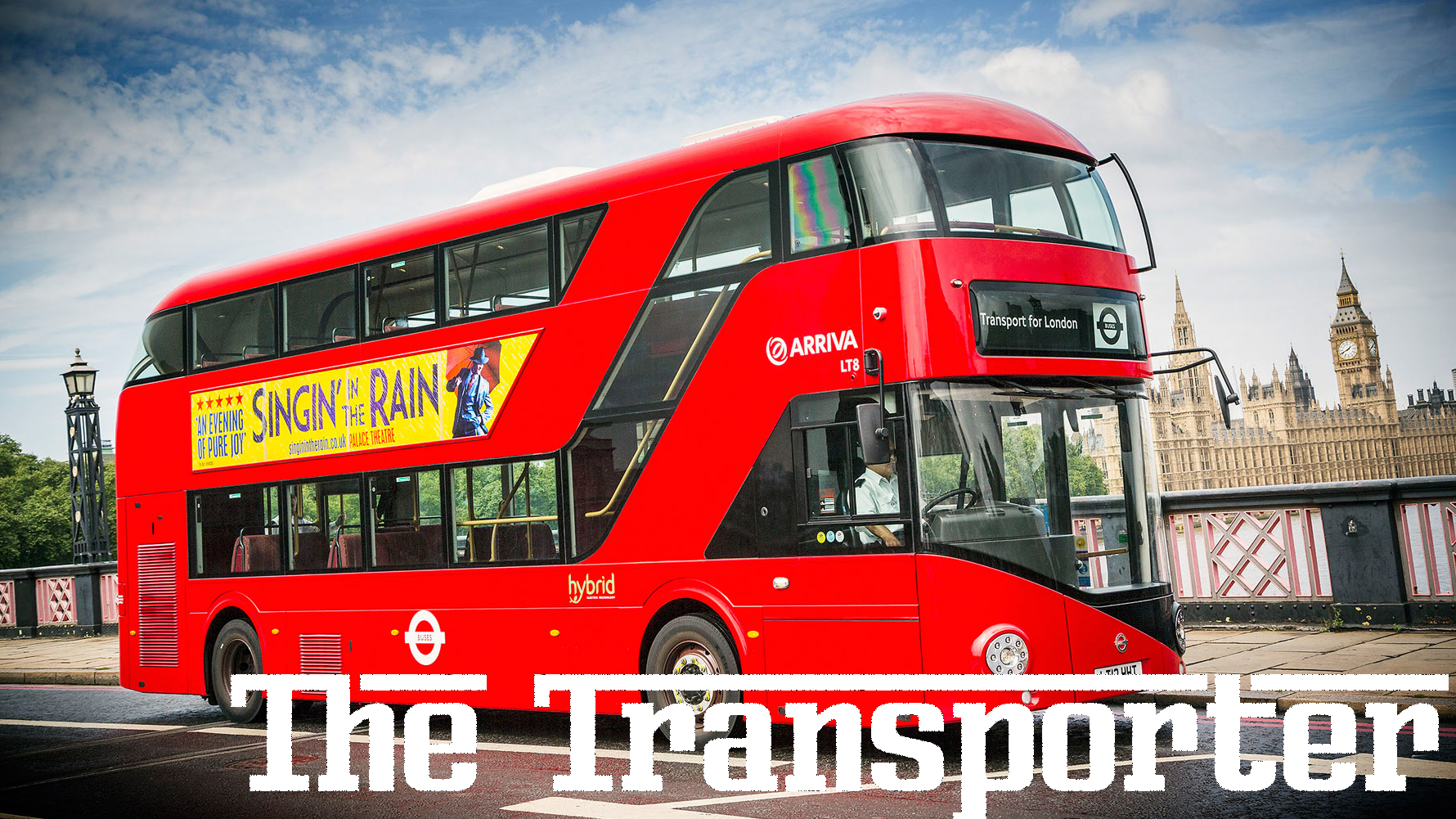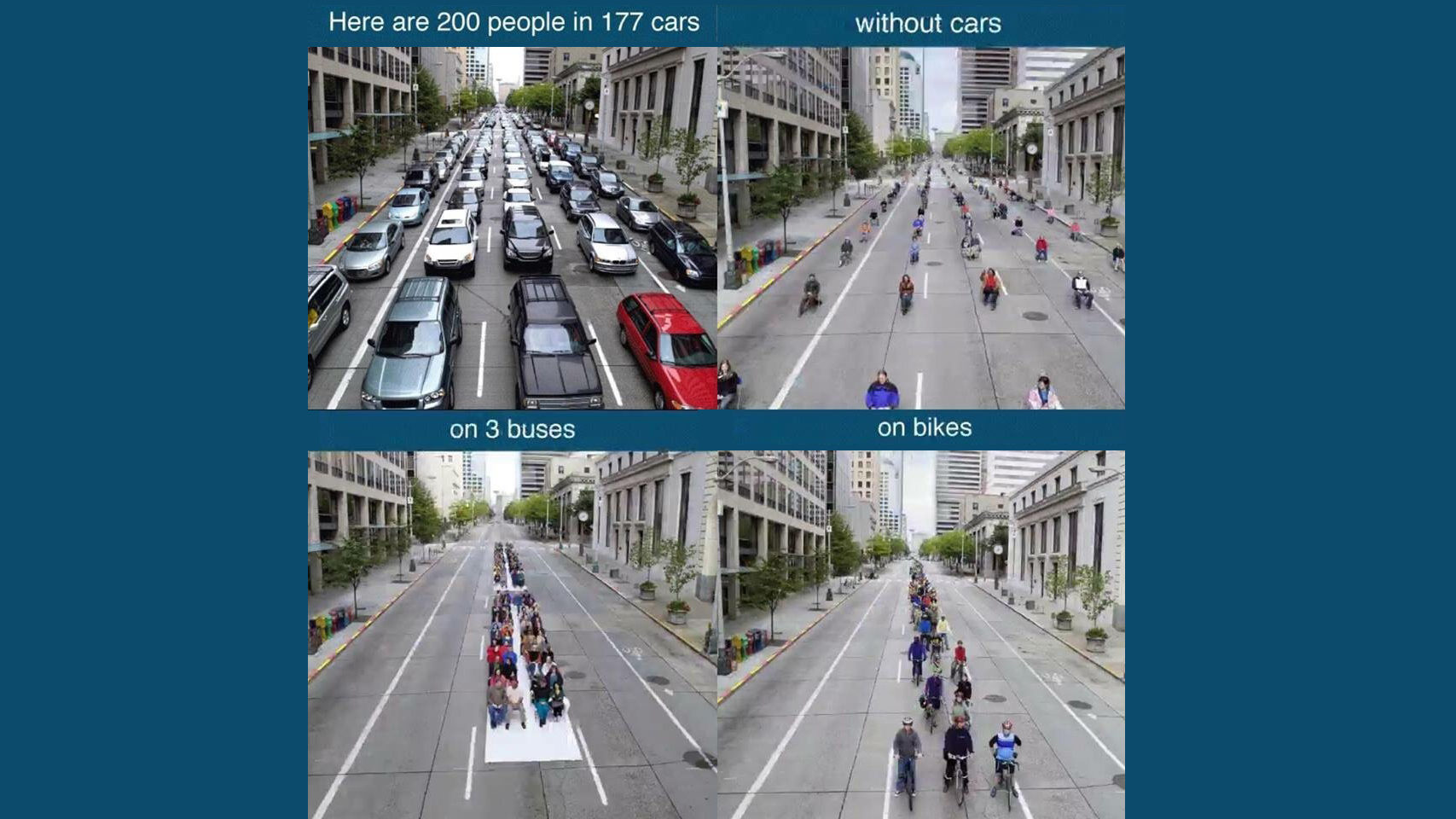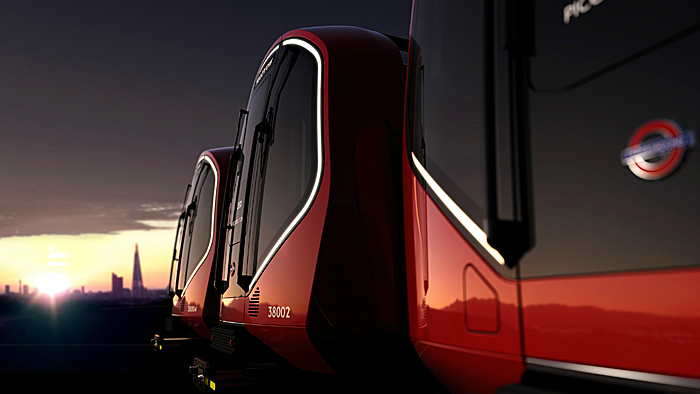We can't afford to let driverless cars kill off public transport
Busses under threat

Imagine, if you will, a line.
At one end of the line, which we'll call the 'low-effort' end you've got public transport. They're easy to ride; you sit down and their drivers take you to your destination. You might not have much say in what that destination is, but at least you don't have to pay any attention on the way.
They’re low effort, but also incredibly inflexible.
Turn your gaze now to the opposite end of the line, where you'll find the modern car. They’ll transport you between more or less anywhere on the planet, and they’ll do so at a time that’s convenient to you.
But they also rely on you putting in an enormous amount of effort. You have to pay attention for every moment of the journey just so you don't literally kill yourself or another human being. You even have to spend hours training just to drive the bloody thing. And that's all before we've got to the cost to buy, run and maintain cars - it is significant.
If you've stuck with my fairly tenuous line analogy thus far then congratulations, but I'm going to need you to turn your head once more and fix your gaze on the middle of the line where you'll see a driverless car*, which has the potential to make everything else on the line obsolete.
But a world where the self-driving car kills of public transport could be a nightmare for cities worldwide, not to mention the environment.
Sign up for breaking news, reviews, opinion, top tech deals, and more.
Is there any way it can be saved?
End of the line?
Public transport is bloody great. You can use a single bus to transport dozens of people using a fraction of the energy that a fleet of cars would use, and don't even get me started on the space saving benefits of public transport.
You’ve probably seen the images below floating around on social media which show just how much space is wasted when cars are used by a single person.

Cars are crazy inefficient with space, and the result is congestion. After all, how often do you see a road brought to a halt by a dozen cycling commuters?
What’s worse, driverless cars might end up being so appealing that people who are currently perfectly happy to use public transport for their daily commute might end up using a car that allows them to grab some shut eye on the way to work.
Congestion could skyrocket in our driverless future, and because the problem is being caused by a crowd rather than one individual in particular, no one would have any incentive to change.
Left unchecked, driverless cars could decimate public transportation, and we could end up with cities that are far less liveable then what we have at the moment.

I’m not the only one who’s worried about this outcome. Back in January the UITP, an international organisation for public transportation authorities and operators, put out a policy brief warning of the danger posed by ‘autonomous vehicles’ to public transport networks.
Now, given the UITP exists to promote the views of public transit organisations it’s perhaps not surprising that it takes a view that is unashamedly pro public transport.
With that said the document presents an interesting alternative future, and it's one in which autonomous vehicles exist to support, rather than replace, solid backbone of public transport that will always be more efficient if used correctly.
Instead of needing to live close to train stations to make them worthwhile, imagine a future where someone could hop into a driverless car to drive them to a transit hub. That's more or less what the UITP seems to be proposing.
It's far too expensive to have train stations literally everywhere, so why not use driverless cars to fill in the gaps?
Steps in the wrong direction
All of this is a long-winded way of introducing the recent ruling by a US House panel to massively reduce safety restrictions placed on driverless cars.
On the face of things this ruling doesn’t have anything to do with public transport, but it sets a worrying precedent for the US government’s relationship with the driverless car industry.
Instead of playing an active part, and working alongside tech companies to work out how driverless cars can benefit public transport, the government has implied that it thinks a hands off approach is best.
It’s almost as though it’s handed the keys to the driverless industry, because after all, shouldn’t they know best?
But, as we’ve seen above, the downsides of driverless cars will almost certainly come about from doing ‘what’s best’ for individuals. ‘What’s best’ for individuals is unlimited convenience, and individual vehicles, no matter what the impact for everyone else.
If government’s worldwide don’t accept that they have a role to play in moulding the driverless future, then we might end up with one that suits individuals at the expense of the societies they’re a part of.
* Yeah, I guess you could also put the taxi there, but they're super expensive and not many people have the kind of money that lets them use them every day. So for now, can the middle of the line just have a dinky little Waymo car sitting on it ok?
- Jon Porter is TechRadar’s driverless and electric car obsessive. Every week his column, The Transporter, discusses the biggest developments in the area, and its implications for the future of transport.
- Check out the previous entries in the column:
- 'Why non-driverless electric cars will never take off'
- 'In a world of driverless cars the racetrack will be a driver's oasis'
- 'Driverless cars and an automated future are a big problem for unskilled youth'
- 'From Waymo to Cargopod, why are driverless cars so damn ugly?'

Jon Porter is the ex-Home Technology Writer for TechRadar. He has also previously written for Practical Photoshop, Trusted Reviews, Inside Higher Ed, Al Bawaba, Gizmodo UK, Genetic Literacy Project, Via Satellite, Real Homes and Plant Services Magazine, and you can now find him writing for The Verge.